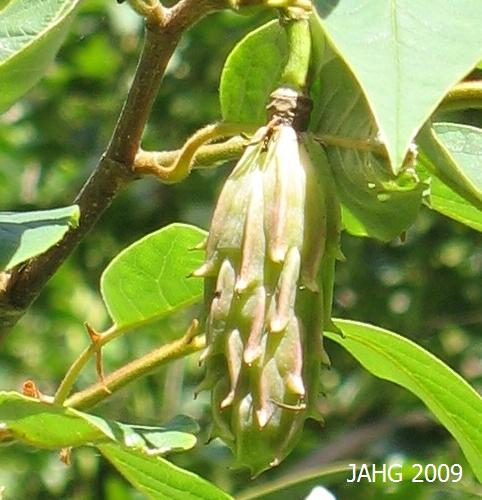Anyone who has a interest in plants will have heard of Linnaeus or at least experienced his worked when looking up a plant name. Carl Linnaeus(1707-1778) was the incredible man who developed the system which we use for naming plants and animals. Linnaeus brought order to already Latin named plants and animals by created a system to classify them by their physical characteristics. He simplified plant names by giving them 2 parts (binomial), the genus and then the species. Often plants where and still are named from where they come from. One of the 9000 plants Linnaeus named is Verbena bonariensis or Purpletop Vervain or Brazilian Vervain). ‘Bonariensis’ refers to Buenos Aries, Argentina where the original plant sample is likely to have come from.

Verbena bonariensis has clusters of tiny mauve flowers held high above it's foliage.
I first saw this plant at Park and Tilford Gardens where I worked over the summer in a practicum. It was a nice change from the other Verbenas that I saw and was not too crazy about as they seemed to always get unsightly mildew. Most Verbenas which we see are annuals and are used in our hanging baskets or bedding out.Verbena bonariensis is well named as Purpletop Vervain as it’s airy stems of flowers are almost like wands of color which is part of it’s charm.

Purpletop Vervain along a path at Glendale Gardens.
Verbena bonariensis is a particularly useful plant as it’s flower stems are airy and can weave through other plants easily. It will pop through other plants easily and create wonderful combinations or fill awkward spaces with graceful color in late summer. It is the weaving quality of this plant which makes it a much used plant by gardeners who have just the right situation for it’s use.

This mauve Verbena bonariensis weaves it's way through a white Agapanthus.
Purpletop Verbena is found growing in Southern Brazil, Argentina and through Uruguay and Paraguay. It is rated at zone 7-10(-17.7 °C (0 °F)), therefore is often treated as a annual in colder areas. If it likes it’s place it will happily self-seed which in some places can be nuisance. Here we have the occasional cold winter so seeding is never a real problem. Seedlings are easily recognized and removed. It seems that plants which originate from seed grown plants and not by way of cuttings are said to be more tough.

Verbena bonariensis growing amoung the rocks in the Terrace Garden at Government House.
All Verbenas prefer full sun and good air circulation to prevent powdery mildew. Purpletop Vervain tolerates most types of soil as long as it is well drained, this will ensure your plant has a longer life. It is advisable to pinch plants back when they are young to produce a bushier plant with more floral stems later int the year. Verbena bonariensis grows 40cm-1.2m(2-5ft) tall and takes a space between 30-60cm(1-2ft) in width.

The bright Purpletop Vervain flowers contrast well with the silvery tones of these plants.
Purpletop Vervain is a very useful plant in other ways as well. It is said to be one of the very best butterfly attracting plants and many people can attest to it. It is often used as a cottage garden plant and is best placed mid border for this use. I have seen it used well in borders of mixed perennials and shrubs. the can be interesting combinations created with variegated and colored foliage of other plants. Wherever you use it, Verbena bonariensis will add something interesting and people will ask you what plant it is. I know many people have asked me and are always surprised when I tell them this is the more stately cousin to the annual Verbenas in their garden….and they always want to get some!

The tiny long blooming flowers of Verbena bonariensis bloom from June through September here.
Learn more about Verbena bonariensis:
Who is Carl Linnaeus and why he is so important to science: http://www.nhm.ac.uk/nature-online/science-of-natural-history/biographies/linnaeus/index.html
Wiki page on Purpletop Vervain: http://en.wikipedia.org/wiki/Verbena_bonariensis
Other gardeners experiences with Verbena bonariensis: http://davesgarden.com/guides/pf/go/141/
Until We Meet Again Soon.

















 Stumble It!
Stumble It!






